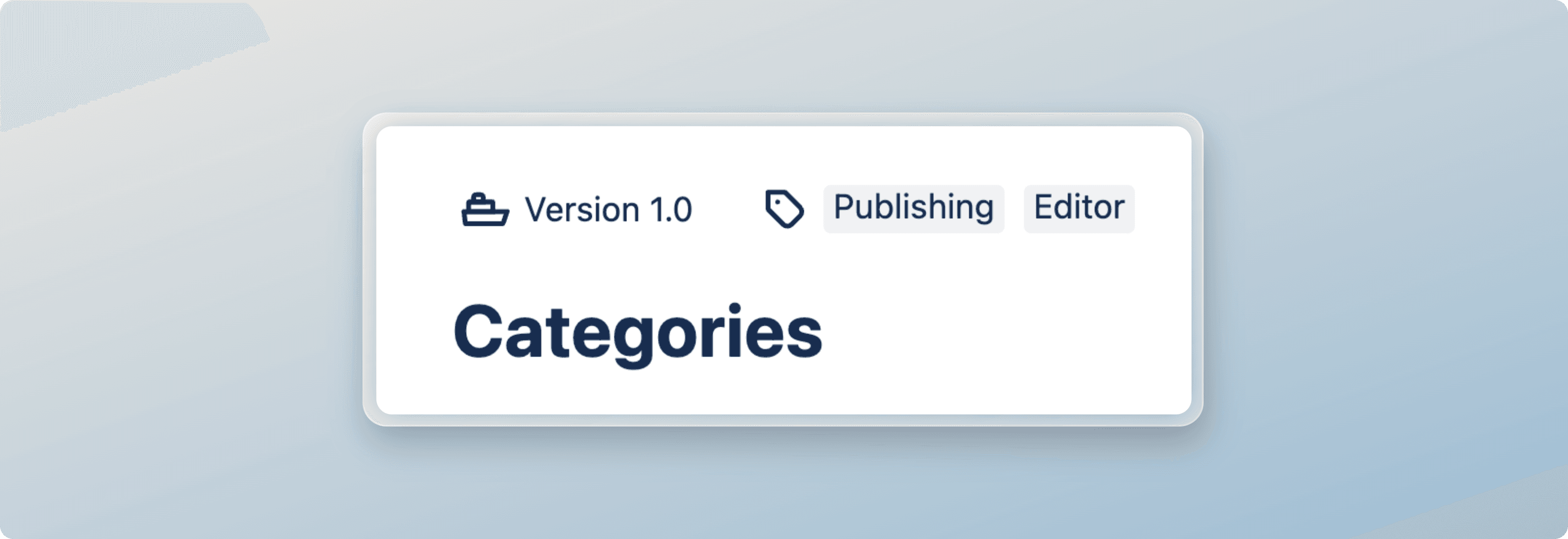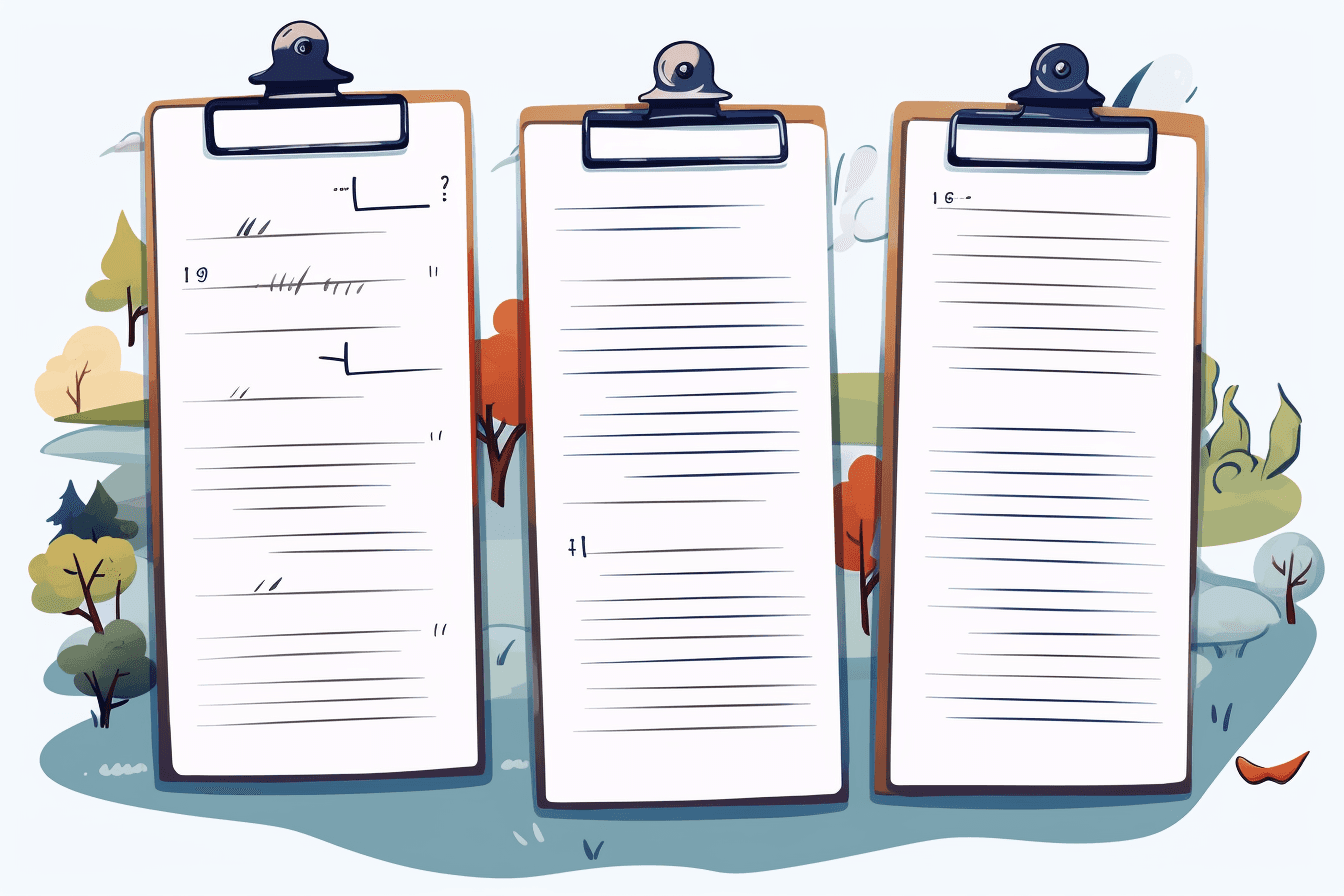Guides and best practices
Organizing Release Notes: Why Categories Matter
Jens Schumacher
Jun 29, 2023
•
3
minutes read
Guides and best practices
You're working hard on a new release of your product and want to make sure your users are excited about the updates. But generic release notes with broad categories like "New Feature" or "Bugfix" aren't going to cut it. Your users care about specific parts of the product and platforms - they don't want to wade through a sea of meaningless updates to find what's relevant to them.
The problem with release note categories
Categorizing your release notes takes effort, but it's worth it for your users. The default options like "New Feature" or "Bugfix" are too broad to be helpful. Your readers likely care about certain areas of your product or platforms. Tailor the categories to your actual updates.
For example, if you have an app with separate Android and iOS versions, use categories like "Android Update" and "iOS Update". That way, readers can quickly find what's relevant to them. If you have distinct tools or modules in your software, turn those into categories too.
As another example, a project management app might have categories for "Task Management", "Reporting", "Collaboration", and "Integrations". Someone who only cares about how you improved task workflows can filter the full release notes to just see updates in that area.
You get the idea - be specific. Think about how your users logically group the features and functions in your product. Break your release notes into those same buckets. You'll make the information far more usable, and your customers will appreciate your thoughtful organization. After all, well-organized release notes mean readers can spend less time searching and more time exploring your latest and greatest upgrades. Everybody wins!
Keeping your users in mind and putting in the effort to categorize thoroughly will transform your standard release notes into a useful resource. The default options are generic and forgettable - your readers deserve better. Give them categories that actually mean something.

Choosing relevant categories for your release notes
Organizing updates into meaningful categories allows users to easily find the information they need, saving them time and effort. Tailor your categories to your users' needs and preferences to enhance their experience and show that you value their time and engagement. Here are a few examples for inspiration.
Project management app
Task Organization
Progress Tracking
Team Collaboration
Gantt Charts
Customer relationship management (CRM) app
Lead Management
Contact Information Updates
Sales Pipeline Tracking
Customer Communication Logs
Expense tracking app
Expense Categorization
Receipt Scanning
Budgeting Tools
Expense Reports
Fitness tracking app:
Workout Logging
Nutrition Tracking
Goal Setting and Tracking
Progress Charts
Event planning app:
Guest List Management
RSVP Tracking
Event Schedule Creation
Vendor and Venue Management
Conclusion
Generic categories might seem like an easy default, but they do nothing for your users and readers. Put in the effort to create categories that make sense for your release notes and align with how people use your product. Your readers will appreciate the organization and clarity. It might require a bit more work on your end, but keeping your users happy and informed should be a top priority. Organizing your release notes with a user-focused category system is well worth the investment.




